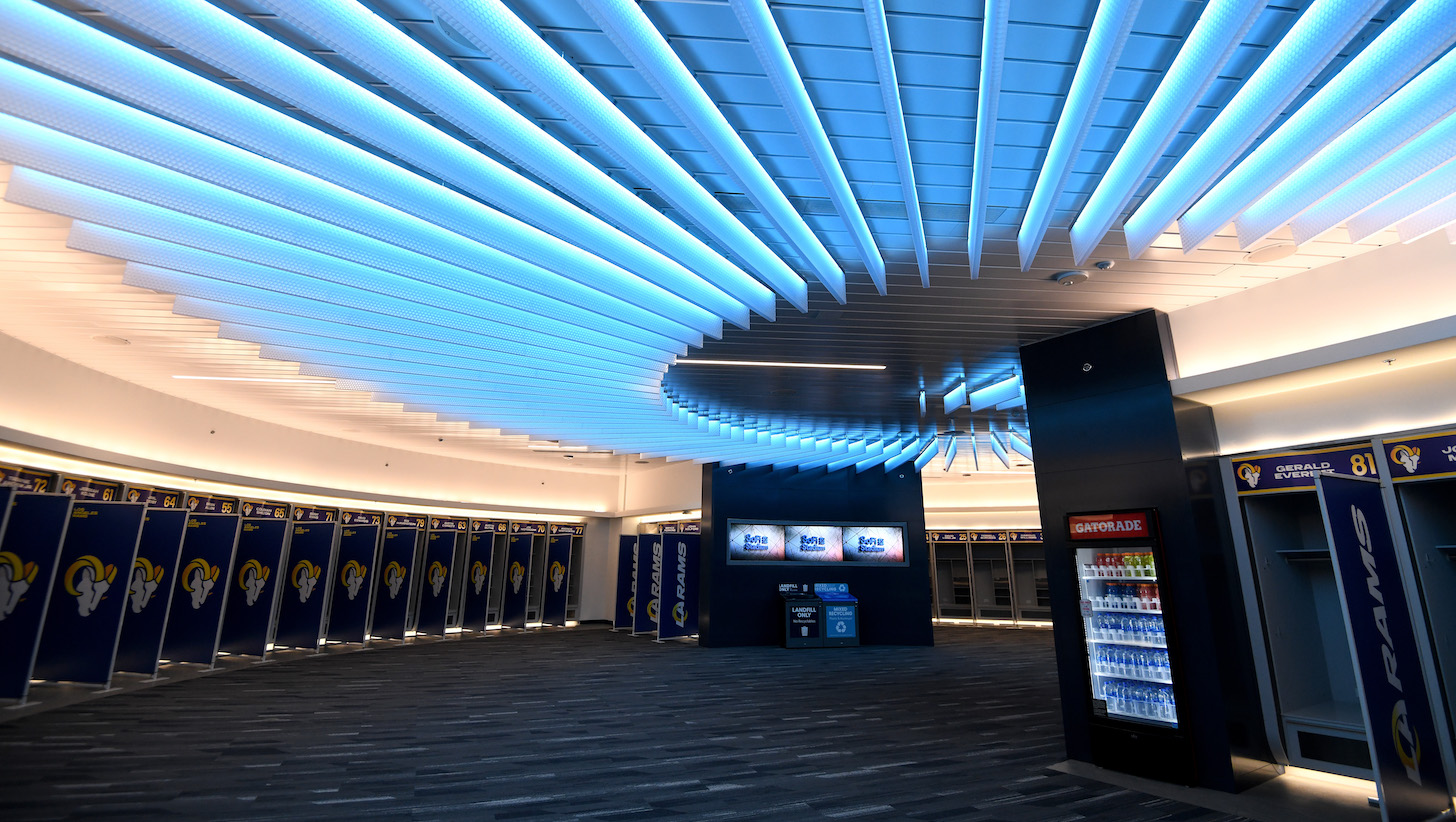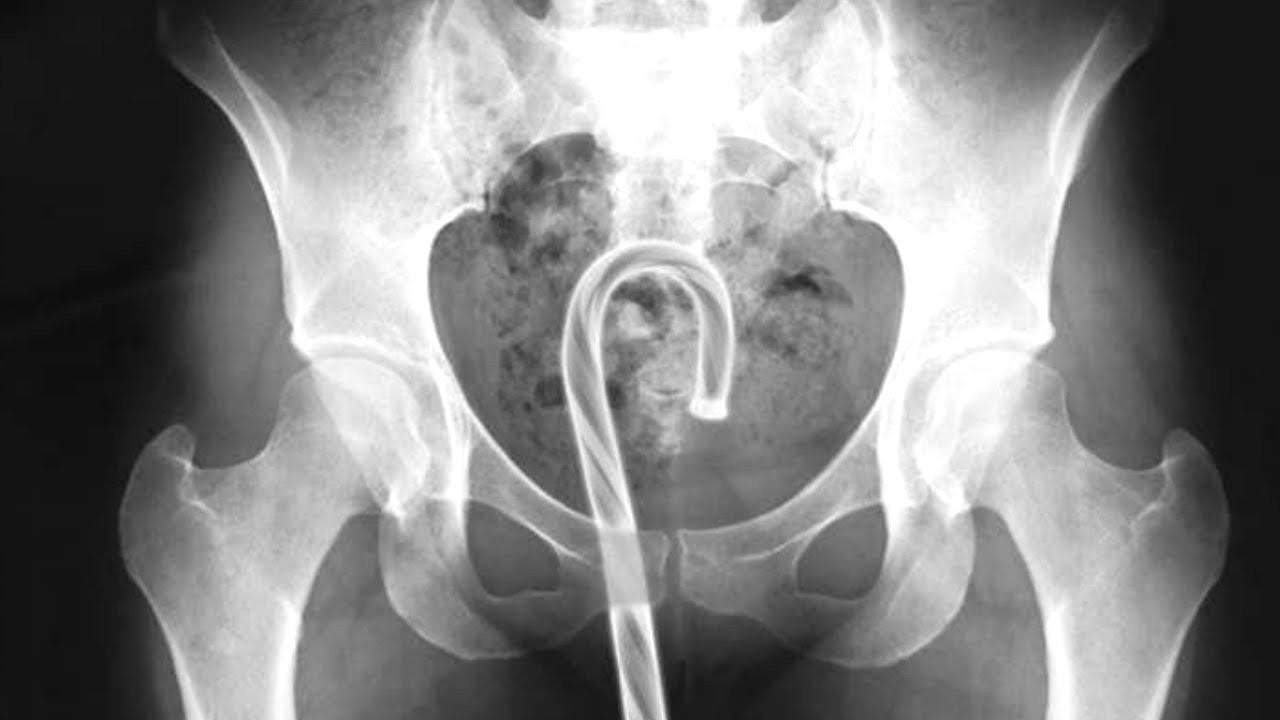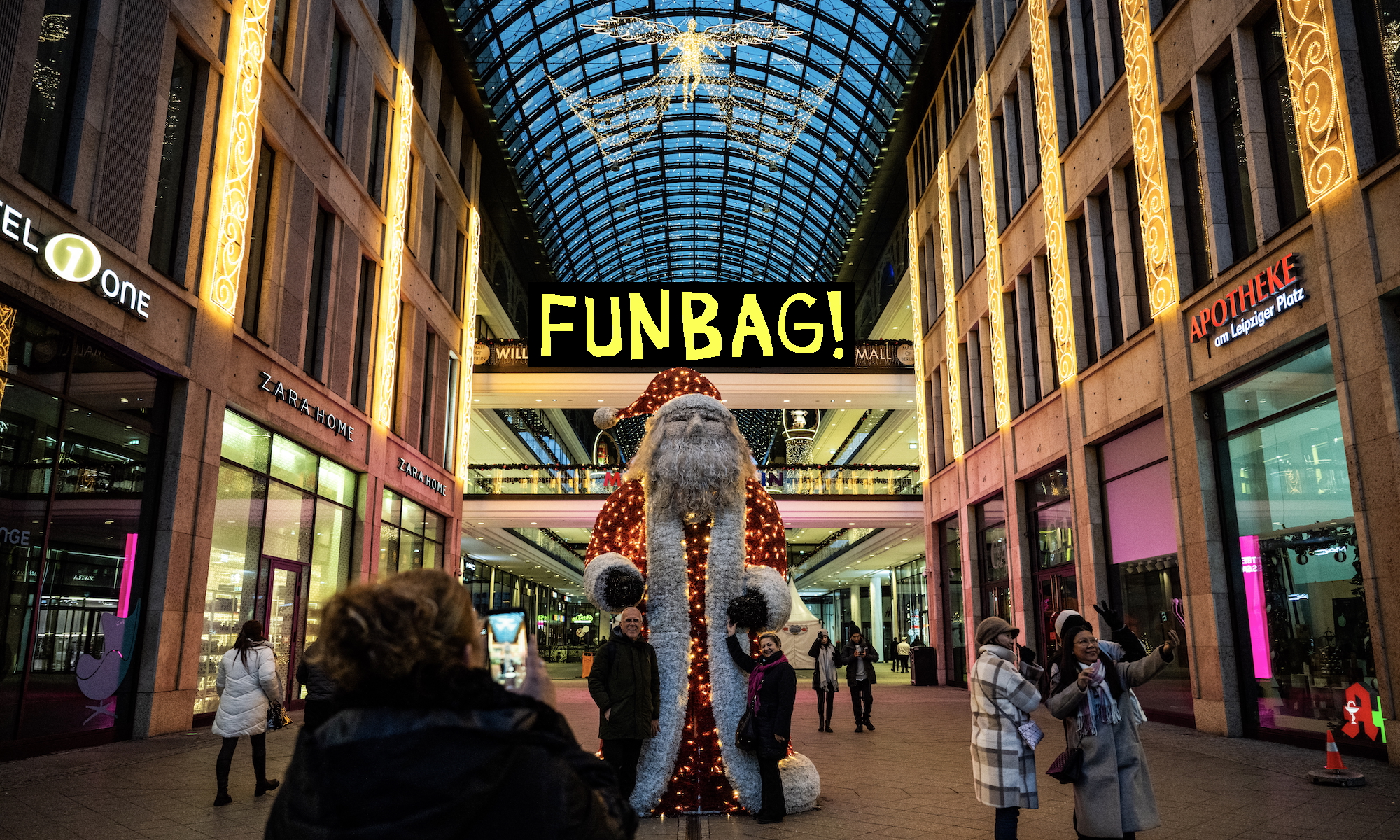In 2018, while working for Sports Illustrated, I was assigned to find out what was going on in Green Bay. It was long-time coach Mike McCarthy’s 13th season in charge, and the Packers were flailing. Aaron Rodgers had even made a few public digs at his head coach. My mission was to find out if their relationship was falling apart, and if so, to learn why.
To find out, I drove up to Green Bay to spend a couple days working the locker room, looking for anything valuable I could glean about Rodgers and McCarthy and the 2018 Packers culture. On my first day in the locker room, I talked to four different offensive players. I asked about the communication between Rodgers and McCarthy, and how the team was responding to its coach. I thought it went fine, and I’d had a very interesting conversation with backup quarterback DeShone Kizer, who told me that he and the third-string QB had been serving as something like translators between McCarthy and Rodgers.
As I drove to check into my hotel in Green Bay, I got a text from a colleague. Apparently, the Packers PR director had heard from several players that I had asked them whether they thought McCarthy should be fired. That was not at all what I had asked, but the players had felt uncomfortable enough with my actual line of questioning to immediately go to the PR staff and tell them about it.
Obviously this mischaracterization set me off, but when I cooled down, I realized that the players’ choice to tattle on me meant that I was onto something. If there was no underlying problem, and the QB-and-coach relationship wasn’t about to reach a breaking point, then why would the players react that way? Sure enough, I eventually reported a feature story that revealed that the quarterback and head coach were at odds over play calling and who got credit for success, and that the damage was likely irreparable. Just four days after my story was published, the Packers fired McCarthy.
I’m telling you all this because the Washington Post reported on Friday that the NFL is expected to keep its locker rooms closed to reporters when teams begin their preseason preparations this summer, ostensibly for COVID-19 precautions. It’s not clear yet when, if ever, those restrictions will end. The Pro Football Writers Association, rightfully nervous about this development and what it means longterm, is in negotiations with the league regarding this coronavirus protocol, but the Post reported that “the direction those negotiations are headed raised the concerns of the PFWA.”
“We understood the necessity to close the locker rooms during the 2020 season,” the group said in a statement, “but as we move into what is hopefully the final stages of the pandemic, we feel confident there is a safe way to resume locker room access this season, especially for fully vaccinated reporters.”
Access to athletes is a hot topic right now. Should players have to talk to the media? How often, and in what form and environment? Many times, when journalists’ presence in the locker room is up for debate, the media, anxious to defend itself and maintain the access it sees as crucial to the job, focuses on the athlete-reporter friendships and all the positive tidbits we’d lose if reporters aren’t able to buddy up to a player after practices or games. That is all true—those tidbits are indeed fun and valuable, and sports fans would be worse off not knowing them—but it's not only when things are chummy that reporters unearth worthwhile information, as I learned again that day in the Packers locker room.
Locker room access isn’t just for friendly, casual relationship building. It’s a necessary setting for asking the harder, potentially antagonistic, and often more important questions, and for picking up on things that would go unseen without a physical body being in a physical space. And without consistent, direct, real-life contact and conversation between media and players, those kinds of insights into what’s really going on would be easier for teams to hide from prying eyes.
It’s often not even the specific answers to questions that are the most illuminating part of being in a locker room. Sometimes it’s everything around the words themselves that tells you what you need to know. Once, when trying to uncover information about the vague “personal reasons” that kept a Bears player out of a game but not off the sideline, I asked one of the player’s teammates about it. Clearly bothered by my line of questioning, instead of responding to me, the teammate reached for his phone and started replying to emails. After a few seconds that felt like an eternity, I took the hint and moved on, a little bit peeved at being blown off, a little bit grateful for the openness of the teammate’s hostility, and very intrigued by what he was hiding. (Alas, I never was able to figure that one out.) Another time, after the Patriots' last Super Bowl victory in 2018, I was assigned to follow Rob Gronkowski. Rumors abounded that he planned on retiring after the season due to his injury history, but he wouldn’t answer definitively one way or the other when asked. Watching him in the locker room, though, the pain he felt was obvious. He’d taken a big hit to his quad in the game, and back in the locker room I saw him resort to using his hands to lift up his injured leg just to put his shoes on. Two months later, he retired.
That pain and emotion isn’t visible without the access to the locker room, and work-arounds like Zoom calls are woefully inadequate substitutes. In a locker room setting, reporters can grab a player for a one-on-one chat, but without it, they have to share their time with all the other reporters, which makes asking a follow-up question nearly impossible. Without one-on-one access, I wouldn’t have been able to find out what was going on in Green Bay, because I couldn’t have risked showing my cards to the rest of the beat reporters in a communal press conference setting.
The last locker room I set foot in was Super Bowl LIV in Miami. I went to the losing locker room—an assignment I would choose over the winning locker room every time, because losing locker rooms are where shit gets real. I saw the Chiefs confetti that littered the carpet, tracked in from the field on player’s cleats. The red and gold confetti, in similar colors to the Niners, teased an alternative reality in which San Francisco hadn’t squandered its fourth-quarter lead. I saw a player hide his face in a towel, heard another struggle to form words—emotions too raw and powerful to describe adequately in words. I saw players pull their nameplates off their lockers, taking something to hold onto because they weren’t ready to let go of the moment just yet.
Every NFL story I’ve done since the pandemic would be better with access to players, and access to just a small piece of their world. They don’t have to answer our questions, but at least we have the space to ask.







